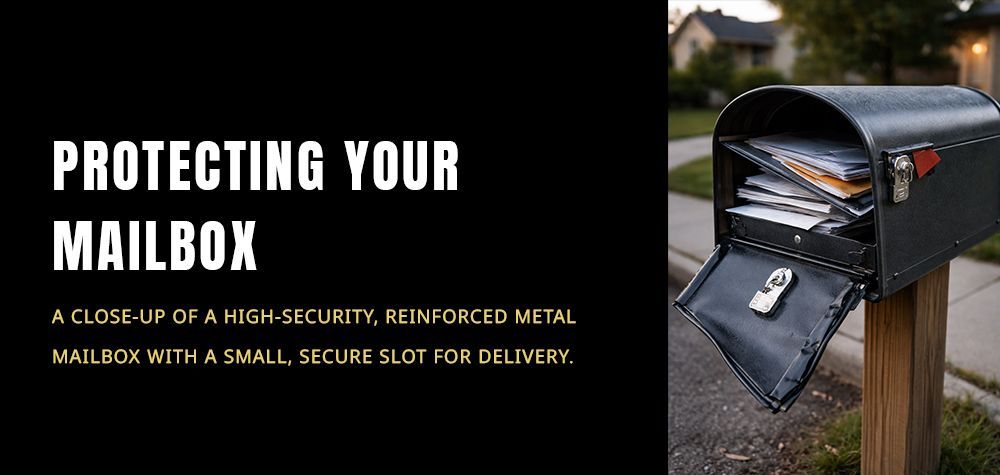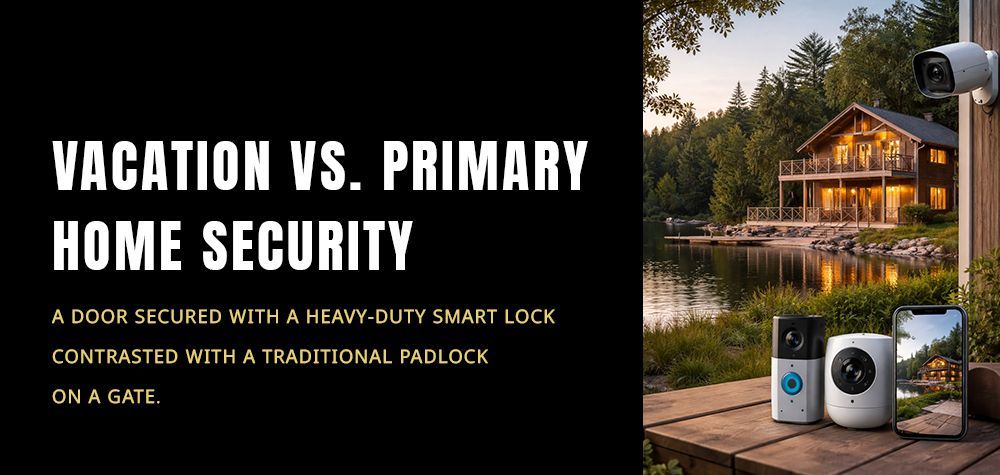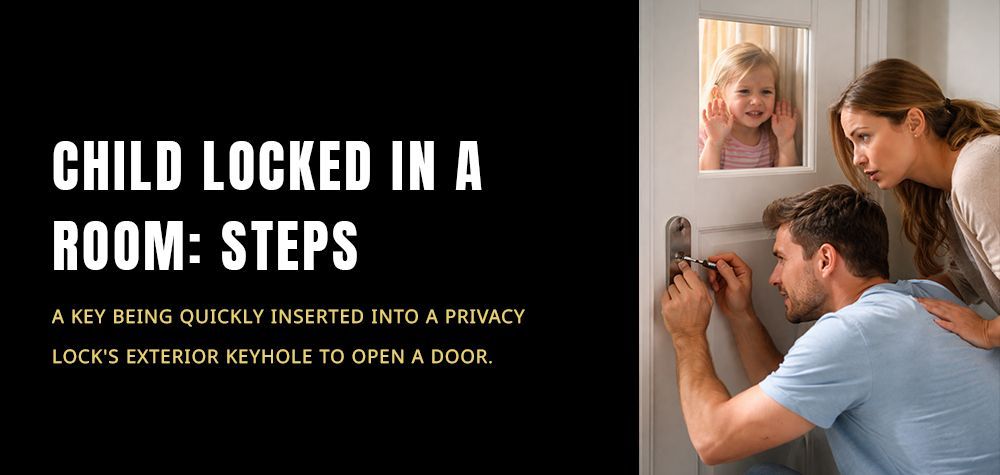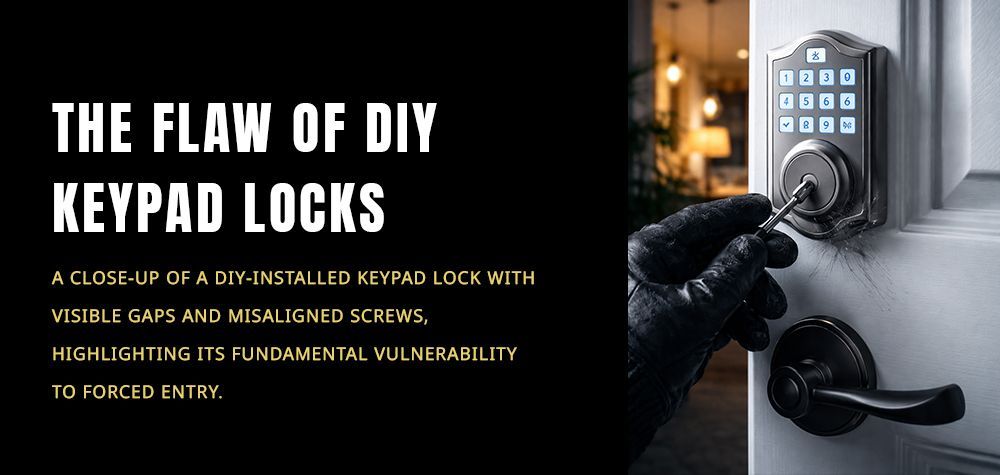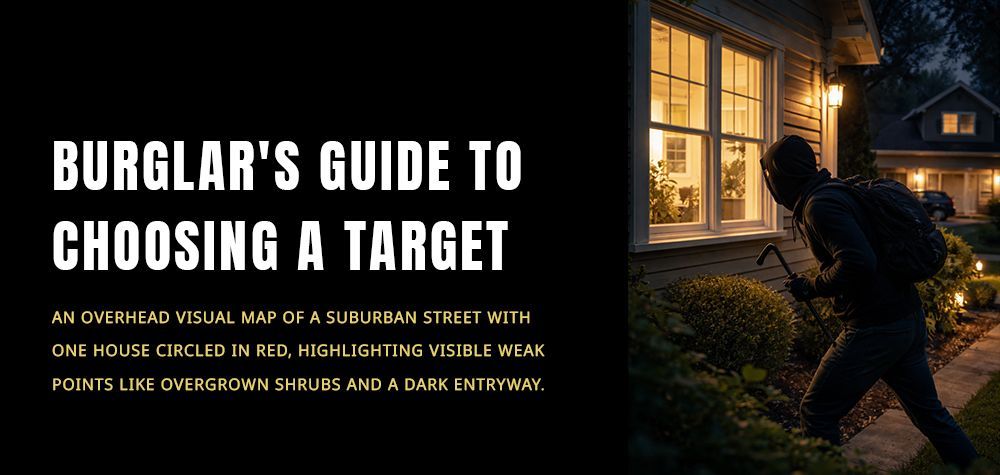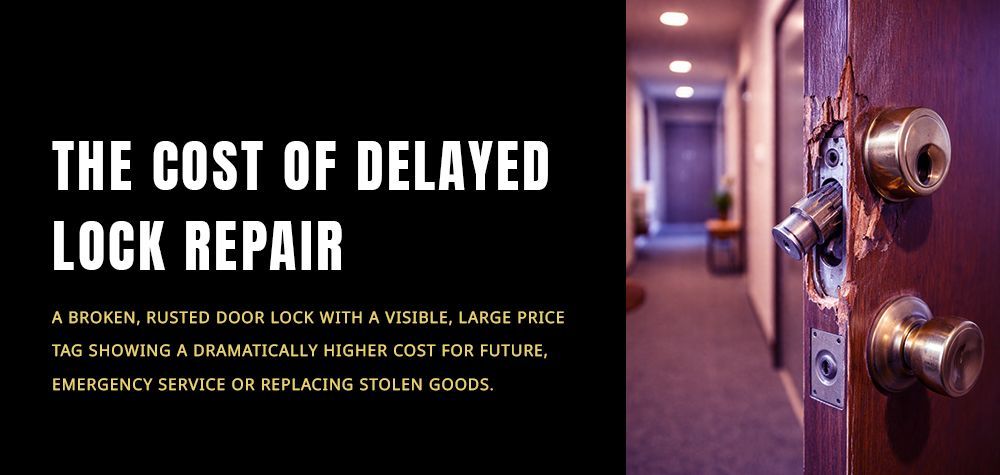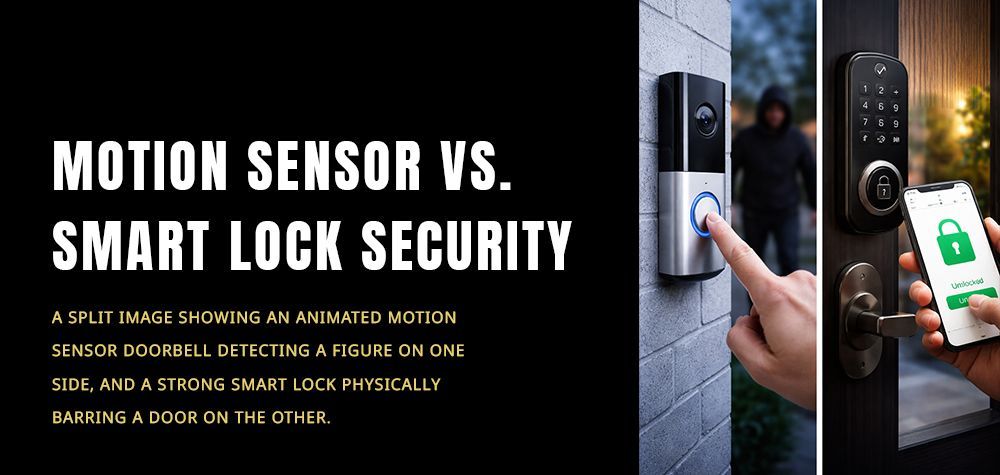Best Tools for Emergency Home Lockout Kits
Getting locked out of your own home is one of those moments that can quickly turn your day upside down. Whether you've lost your keys, broken one in the lock, or found your door jammed at the worst time, an emergency home lockout kit can be your saving grace. But not all tools are created equal—and not all of them are legal or safe to use without proper care and responsibility.
In this guide, we’ll walk you through the most effective, homeowner-friendly tools to include in your emergency lockout kit, how to use them responsibly, and what precautions you should take. Think of it as your backup plan when your keys have other plans.
Can smart locks be hacked? What homeowners need to know!
Why You Need an Emergency Lockout Kit
Let’s face it—emergencies don’t check your schedule. Getting locked out late at night, during bad weather, or when no locksmith is available can be a nightmare. Having a basic emergency lockout kit on hand empowers you to handle minor lockouts yourself, save money on emergency services, and regain access quickly.
But here's the catch: you have to use these tools wisely and legally. They are for use on your own property or with proper permission.
Essential Tools Every Lockout Kit Should Have
Let’s break down the best tools to keep in a home lockout kit—and what each is used for. We’ll also talk about safety, legality, and practicality, so you’re prepared, not panicked.
1. Slim Jim (for Older Locks and Latch Bolts)
A Slim Jim is a thin, flat strip of metal that slides between the window and weather stripping of a car or door to manipulate the internal lock mechanism. While more commonly associated with cars, it can sometimes work on older latch-style door locks—though not modern deadbolts.
Use With Caution: Not effective on most modern residential doors due to reinforced lock designs and anti-theft features. Also, misusing it can damage the lock or door.
Best For: Emergency entry into older doors with exposed latches or garages.
2. Lock Pick Set (Tension Wrench + Picks)
A basic lock pick set includes a tension wrench (to apply pressure to the lock cylinder) and various picks to move internal pins. If you're dealing with a pin tumbler lock (common on front doors), these tools can be highly effective.
Legality Note: It’s legal to own a pick set in most places, but using it on property you don’t own or without permission is illegal. Know your local laws.
Best For: Homeowners who have basic knowledge of lock mechanics and want a DIY solution in emergencies.
Recommended Kit:
- SouthOrd Beginner Lock Pick Set
- Goso 24-Piece Lock Pick Kit
3. Bump Key and Bump Hammer
A bump key is a specially cut key that fits into standard pin tumbler locks. When struck with a bump hammer, it briefly aligns all pins, allowing the lock to turn.
Use With Discretion: Bump keys only work on certain locks and require practice. Also, they can damage your lock over time and aren’t ideal for repeated use.
Best For: Backup access to your front door, especially if you’ve tested the bump key on your specific lock beforehand.
4. Credit Card or Flexible Plastic Shim
If your door has a spring latch (not a deadbolt), a laminated card or shim can be slid between the door and frame to pop the latch back. This only works on doors that haven’t been reinforced for security.
Avoid Using Your Actual Credit Card: Use an old loyalty card or a flexible plastic tool designed for this.
Best For: Interior doors or front doors with latch-based locks only.
5. Spare Keys in a Lockbox
Technically not a tool—but it’s your first and best line of defense. Install a secure, combination-protected outdoor key lockbox near your home or with a trusted neighbor. This gives you safe, legal access when you forget your keys.
Pro Tip: Choose a lockbox that’s weatherproof and made of heavy-duty steel to prevent tampering.
Best For: Everyone. Period.
6. Door Knob Remover or Spanner Tool
Some interior doorknobs can be removed from the outside using a spanner tool or small screwdriver. If you're locked out of a bedroom or bathroom, this may be a simple fix.
Best For: Non-secure interior locks or children accidentally locking themselves in.
7. Auto-Inflatable Air Wedge and Pry Tool
Used in conjunction with a long reach tool (like a wire rod), this is ideal for slightly separating the door from the frame to insert tools inside. This method is most often used for vehicles, but it can sometimes help in homes with misaligned doors or if you've accidentally locked a door with keys inside and can reach the lock from a visible window.
Best For: Supplementary tool for safe prying—safer than brute force.
How to Assemble and Store Your Lockout Kit
Your emergency lockout kit doesn’t have to be bulky. A small toolbox or soft-sided case will do the trick. Store it somewhere secure but accessible—like a garage shelf, attic drawer, or a trusted neighbor’s home.
Keep everything organized:
- Label each tool.
- Add an instruction card or QR code linking to tutorial videos.
- Include a pair of gloves for safety and a flashlight for low-light lockouts.
Risks and Precautions to Keep in Mind
It’s important to recognize the risks involved with self-attempted lockouts. If you’re not familiar with the internal mechanisms of your lock, you could:
- Break the lock entirely.
- Damage your door or frame.
- Void your home insurance policy if something goes wrong.
- Potentially raise legal concerns (especially with bump keys and pick sets).
When in doubt, always call a professional locksmith. Some situations just aren’t worth the risk, especially with high-security locks or complex systems.
Pro Tips from Locksmiths
- Practice makes perfect: Try your tools on practice locks you own to build skill and confidence.
- Know your lock: Not all locks respond to the same methods. Understanding what type of lock you’re working with is crucial.
- Don’t overdo it: If a tool isn’t working after a few tries, stop before you cause more damage.
- Always carry a spare key—whether on your person, with a neighbor, or in a hidden lockbox.
Final Thoughts: Better to Be Prepared Than Panicked
A well-stocked emergency home lockout kit is more than a DIY backup plan—it’s peace of mind. From simple plastic cards to more advanced lock pick tools, having the right gear on hand can save you from frustration, wasted time, and emergency locksmith fees.
That said, tools are only as good as the hands that use them. Practice. Learn the legal limitations. And know when to call the pros.
Your door might be locked—but with the right tools and the right mindset, you won’t be locked out for long.
Call Us Any Time!


